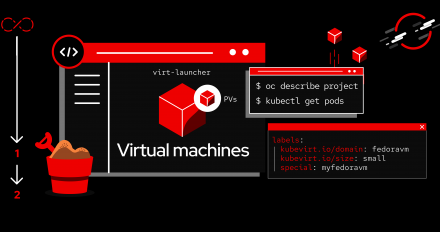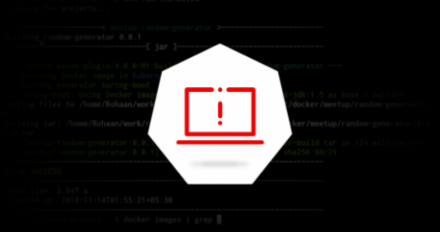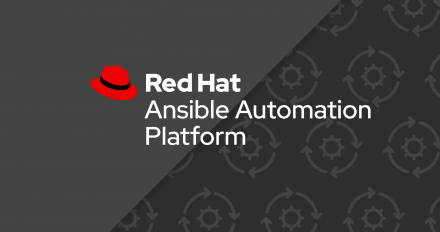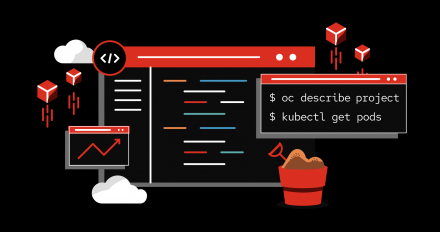
Solution Architect
Alessandro Arrichiello
Highly motivated Linux professional. Proven ability to design and architect complex systems with all the Red Hat portfolio. Currently focusing on expanding knowledge on OpenShift AI. RH Developer Blog Contributor. Author of the book "Podman for DevOps".
Alessandro Arrichiello's contributions

Blog
Leveraging Ansible Event-Driven Automation for Automatic CPU Scaling in OpenShift Virtualization
Alessandro Arrichiello
This article explores a powerful technique to automate vertical scaling of

Blog
OpenShift Monitoring and Webhook Alert Notifications
Alessandro Arrichiello
OpenShift Container Platform comes equipped with a powerful, pre-configured

Blog
OpenShift Ansible Hooks: Ultimate Weapon for VM Migrations
Alessandro Arrichiello
Many organizations are actively seeking alternatives to legacy virtualization

Blog
Transforming ITSM with Ansible Automation: A Gradual Approach
Alessandro Arrichiello
In today's fast-paced IT landscape, the need for efficient and effective

Blog
How to train a BERT machine learning model with OpenShift AI
Alessandro Arrichiello
BERT, which stands for Bidirectional Encoder Representations from Transformers

Blog
Red Hat Developer Sandbox: Your Free OpenShift AI Playground
Alessandro Arrichiello
Are you curious about the power of artificial intelligence (AI) but not sure

Blog
Using Ansible for Kubernetes Data Collection and Reports
Alessandro Arrichiello
In this blog post, we will explore how Ansible, a powerful open-source

Article
From zero to Quarkus and Knative: The easy way
Alessandro Arrichiello
Get started with Quarkus and Knative in this step-by-step tutorial that provides a quick and easy way to start playing with these technologies.

Leveraging Ansible Event-Driven Automation for Automatic CPU Scaling in OpenShift Virtualization
This article explores a powerful technique to automate vertical scaling of

OpenShift Monitoring and Webhook Alert Notifications
OpenShift Container Platform comes equipped with a powerful, pre-configured

OpenShift Ansible Hooks: Ultimate Weapon for VM Migrations
Many organizations are actively seeking alternatives to legacy virtualization

Transforming ITSM with Ansible Automation: A Gradual Approach
In today's fast-paced IT landscape, the need for efficient and effective

How to train a BERT machine learning model with OpenShift AI
BERT, which stands for Bidirectional Encoder Representations from Transformers

Red Hat Developer Sandbox: Your Free OpenShift AI Playground
Are you curious about the power of artificial intelligence (AI) but not sure

Using Ansible for Kubernetes Data Collection and Reports
In this blog post, we will explore how Ansible, a powerful open-source

From zero to Quarkus and Knative: The easy way
Get started with Quarkus and Knative in this step-by-step tutorial that provides a quick and easy way to start playing with these technologies.
